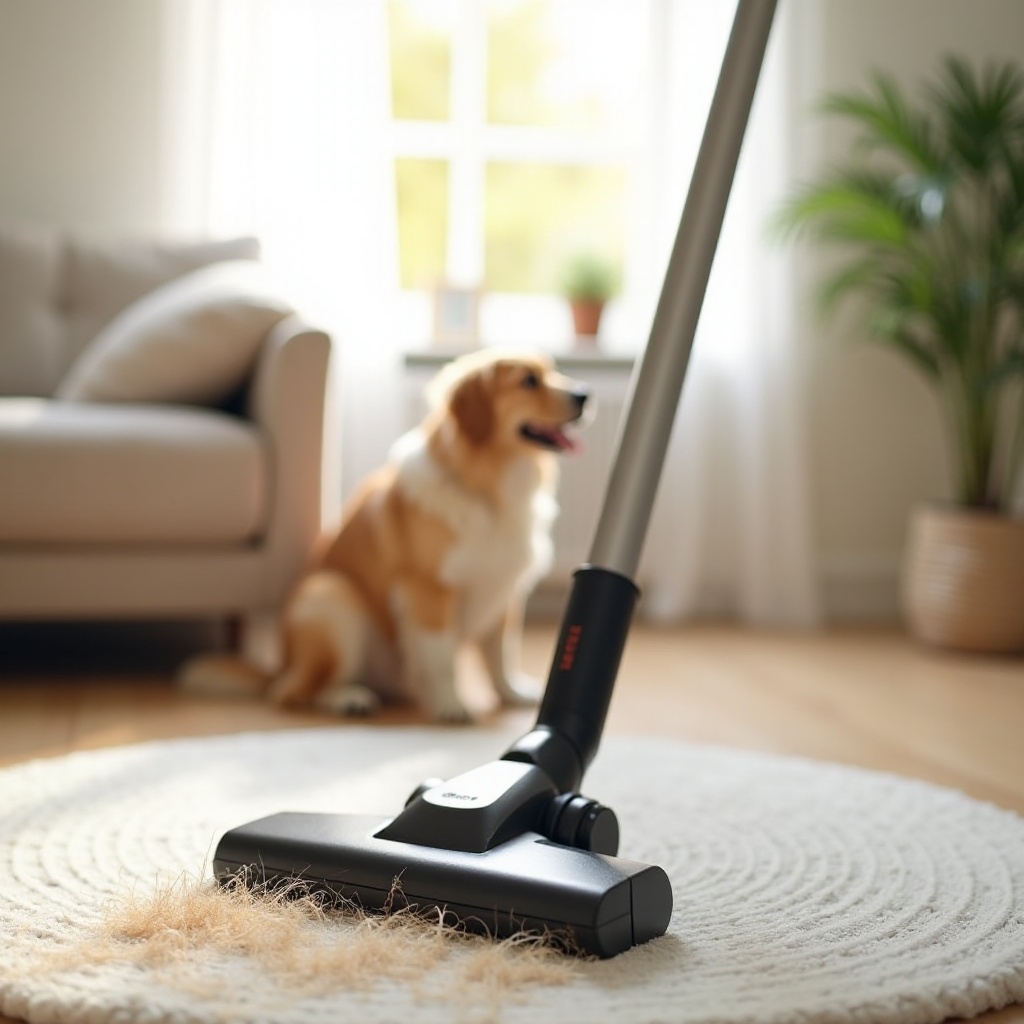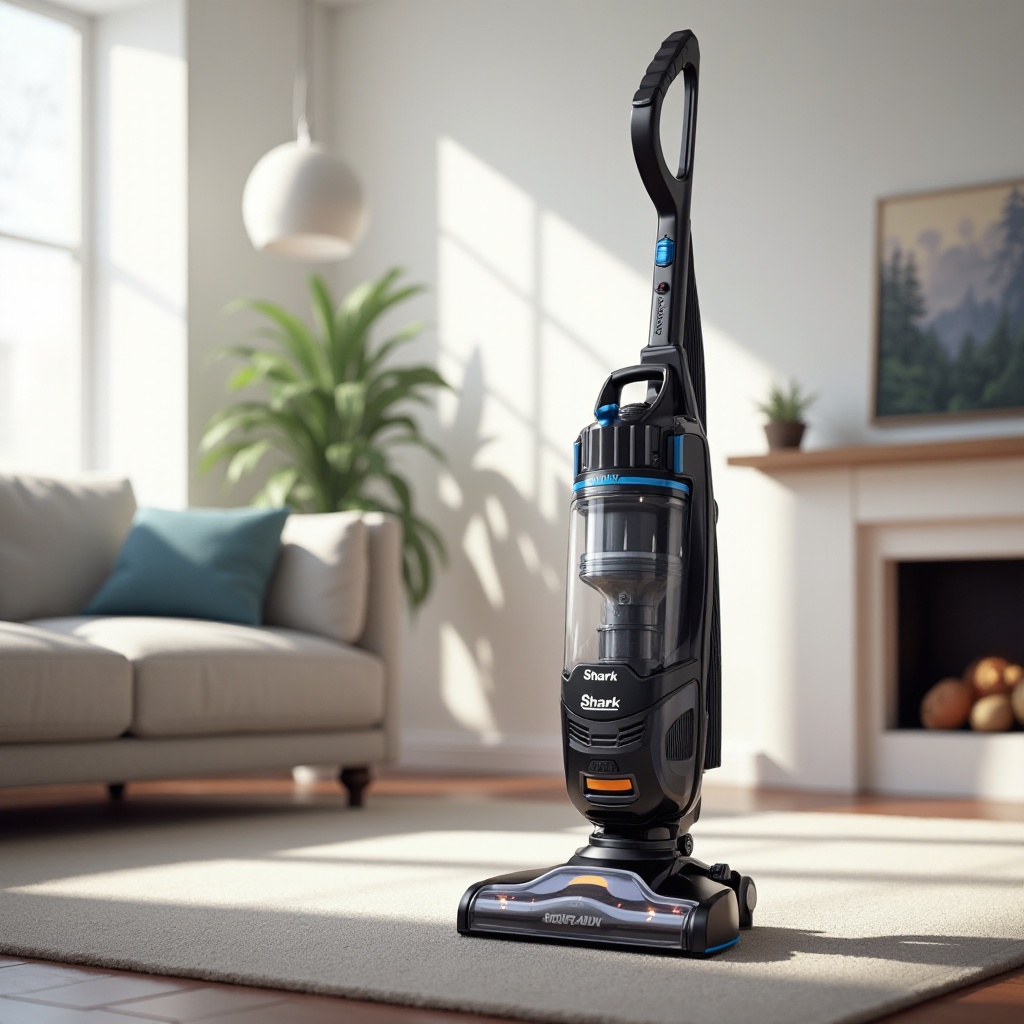Introduction
Your vacuum cleaner is an essential household tool, keeping your home clean and dust-free. However, like any other appliance, it is prone to wear and tear over time. When your vacuum stops working correctly, it doesn’t necessarily mean you need to replace it. Understanding common vacuum problems and how to fix them can save you money and prolong the life of your machine. This comprehensive guide will walk you through the necessary steps to identify and fix common vacuum issues, ensuring your vacuum operates efficiently.
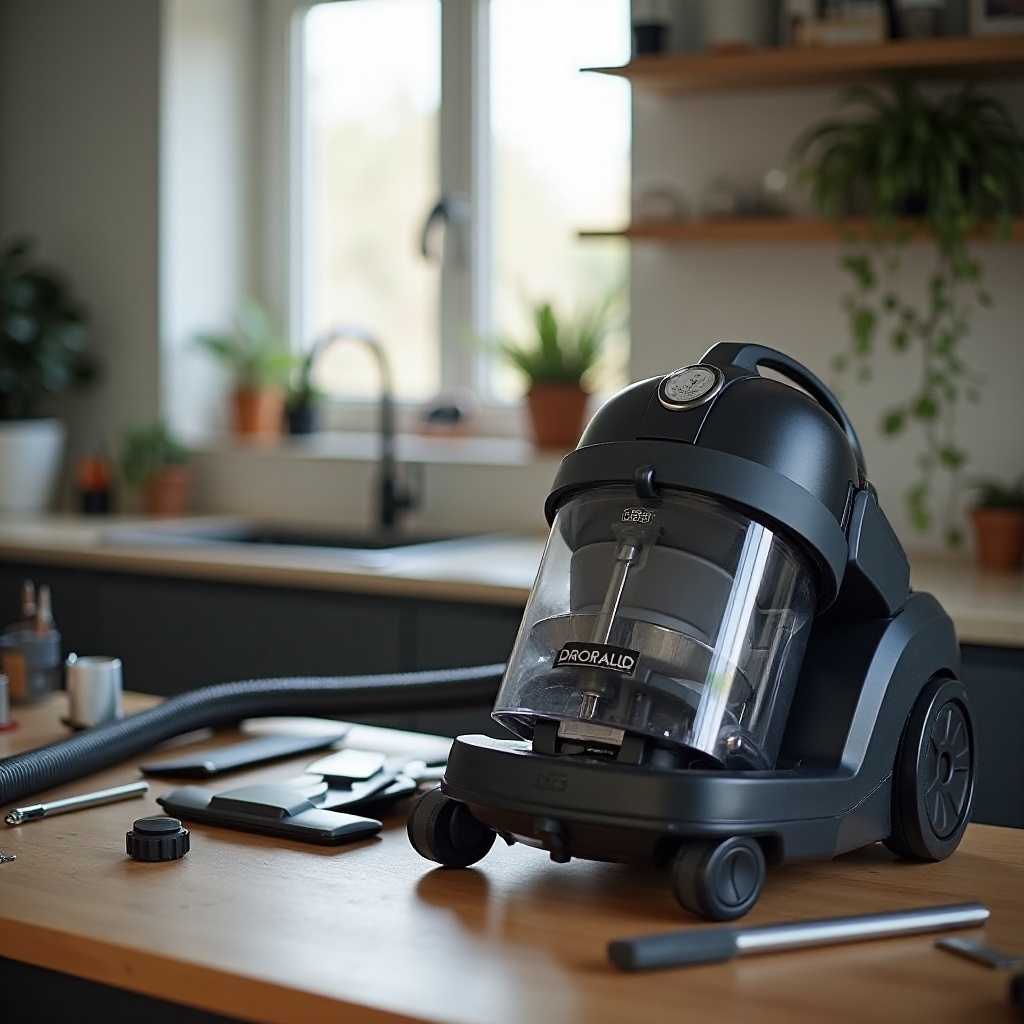
Tools and Materials Needed
Before you begin troubleshooting your vacuum, gather the following tools and materials:
- Screwdrivers (Phillips and flathead)
- Replacement vacuum bag or filters
- Cleaning brush
- Scissors
- Needle-nose pliers
- Mild detergent
- Cloth
- Replacement parts (if necessary)
Having all these tools and materials at hand will make the repair process smoother and more efficient.
Diagnosing Common Vacuum Issues
To fix your vacuum, you need to identify the problem first. Common issues include:
- Loss of suction: Often caused by clogged filters, full vacuum bags, or blockages in the hose.
- Strange noises: May indicate a broken belt, clogged hoses, or debris caught in the roller brush.
- Vacuum not turning on: Could be due to a tripped breaker, faulty switch, or a damaged cord.
- Burning smell: Usually a sign of a broken belt or motor issues.
- Roller brush not spinning: Can result from tangled hair or a broken belt.
Understanding these common problems will help you diagnose the issue your vacuum cleaner is facing.
Fixing Loss of Suction
Loss of suction is one of the most frequent vacuum problems. Here’s how you can fix it:
- Check for blockages: Inspect the hose, nozzle, and attachments for any debris that might be causing a blockage. Use a long, flexible brush to remove any clogs.
- Clean or replace the filters: Dirty filters can significantly impact your vacuum’s suction power. Remove the filters and clean them with water if they are washable. Replace them if they are worn out.
- Empty the vacuum bag: A full bag can reduce suction. Replace the bag with a new one to restore proper function.
- Inspect the hose: Look for cracks or splits in the hose. If you find any, replace the hose to ensure optimal suction.
By following these steps, you can usually restore your vacuum’s suction power.
Unclogging Hoses and Filters
Clogged hoses and filters are common culprits for reduced vacuum performance. Follow these steps to unclog them:
- Detach the hose: Remove the hose from the vacuum unit.
- Inspect the hose: Shine a flashlight through the hose to locate the blockage. Use a long, flexible brush or a straightened coat hanger to remove the debris.
- Clean the filters: Remove the filters and tap them gently to dislodge dust and dirt. Rinse washable filters with water and let them dry completely before reinserting.
- Reattach the hose and filters: Ensure they are securely connected to the vacuum.
Regularly cleaning hoses and filters can prevent blockages and maintain your vacuum’s performance.
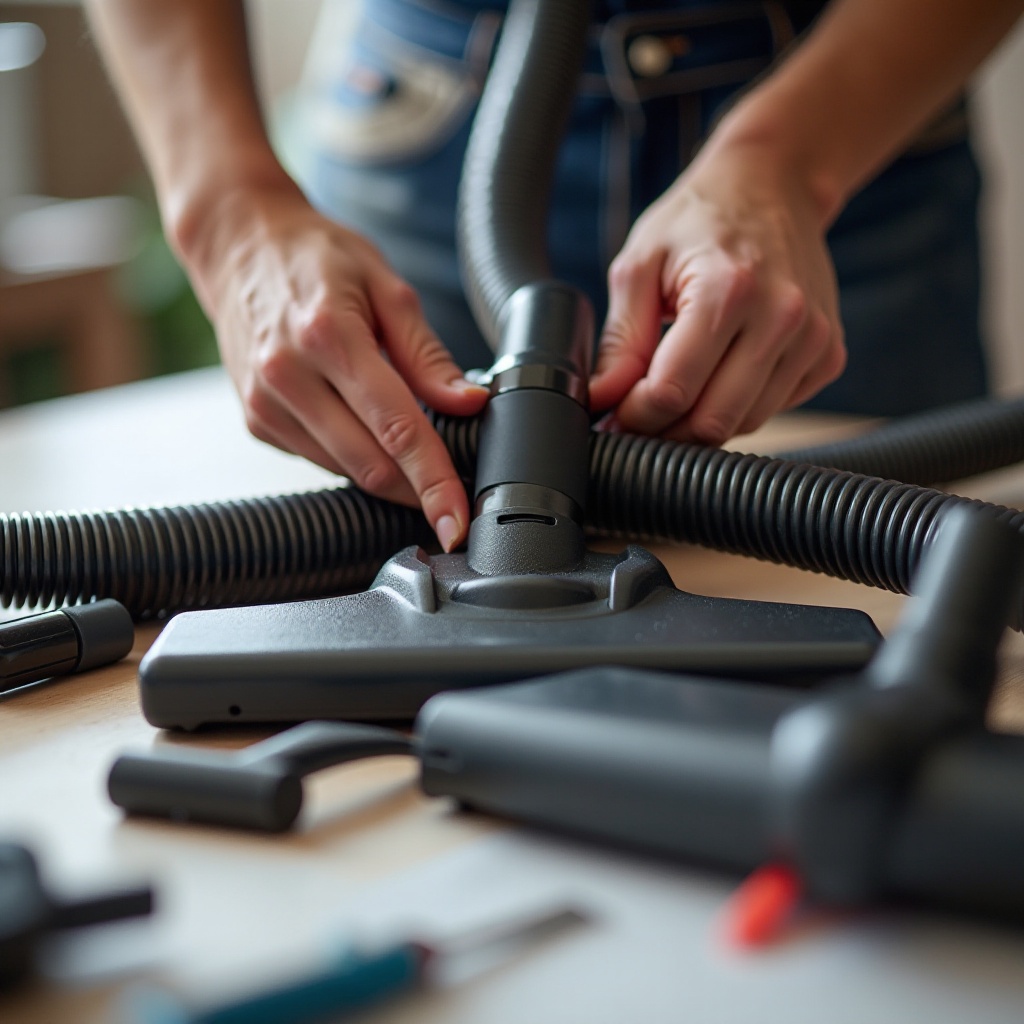
Replacing the Vacuum Bag and Filters
Vacuum bags and filters need regular replacement to maintain efficiency. Here’s how to replace them:
- Turn off and unplug the vacuum: Safety first—always ensure the vacuum is off and unplugged before starting any maintenance.
- Access the vacuum bag: Open the vacuum’s bag compartment. Remove the old bag by sliding it off the nozzle.
- Replace the bag: Attach a new vacuum bag by sliding it onto the nozzle securely. Close the compartment.
- Replace the filters: Check your vacuum’s manual for filter locations. Remove the old filters and replace with new ones according to the manufacturer’s instructions.
Replacing bags and filters regularly ensures your vacuum operates at peak performance.
Fixing or Replacing the Roller Brush
If your vacuum’s roller brush isn’t spinning, follow these steps:
- Remove the roller brush cover: Unscrew and remove the roller brush cover to access the brush.
- Clean the brush: Remove any hair, string, or debris tangled around the brush.
- Inspect the belt: If the belt is broken or loose, replace it. Follow your vacuum’s manual for specific instructions.
- Reassemble the vacuum: Put the roller brush back in place and reattach the cover.
Regularly cleaning and maintaining the roller brush prevents performance issues.
When to Seek Professional Help
While many vacuum issues can be resolved at home, some problems may require professional attention:
- Electrical issues: If your vacuum has faulty wiring or electrical components, seek professional repair to avoid the risk of electric shock.
- Motor problems: A malfunctioning motor often needs expert diagnosis and repair.
- Persistent issues: If you have tried all troubleshooting steps and the vacuum still does not work properly, consult a professional technician.
Knowing when to seek help can prevent further damage to your vacuum.
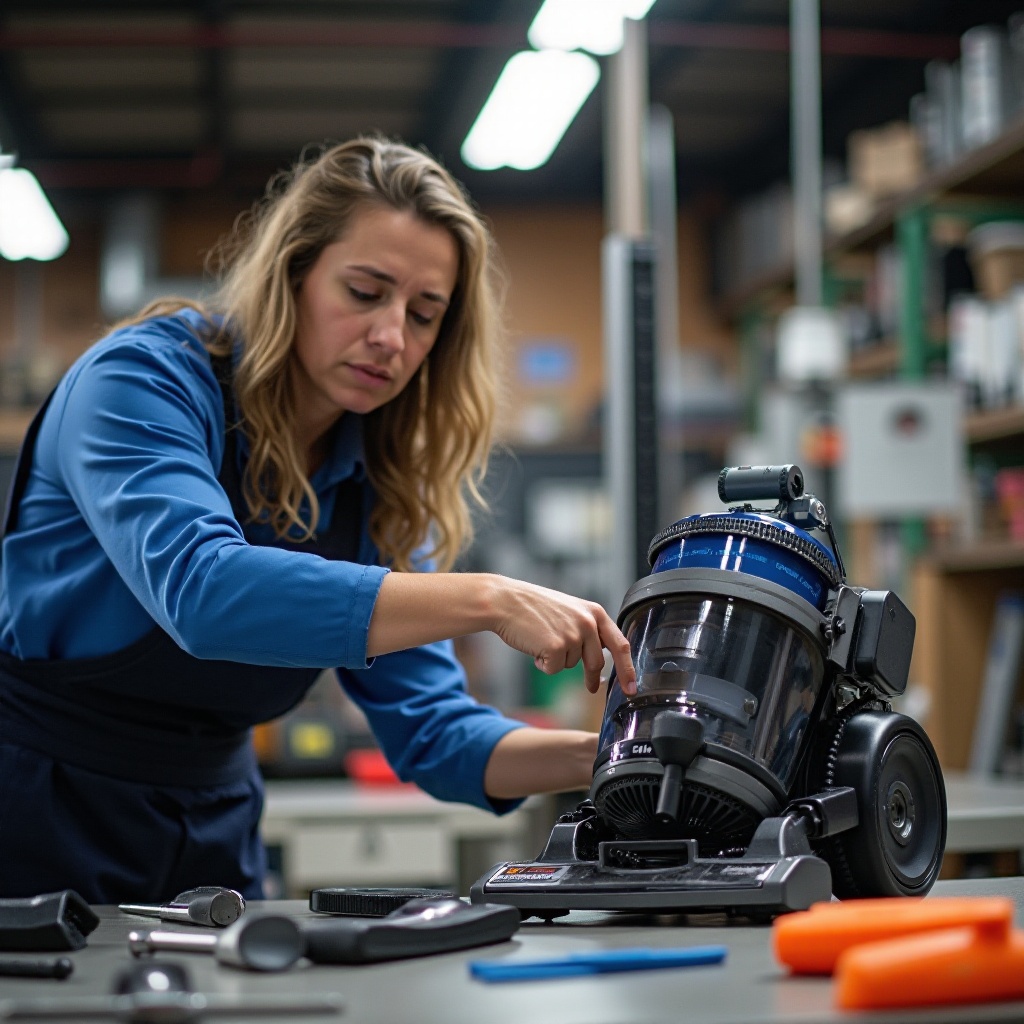
Preventive Maintenance Tips
Regular maintenance can extend your vacuum’s lifespan. Follow these tips:
- Clean dust and debris: Wipe the vacuum’s exterior and clean attachments regularly.
- Replace bags and filters: Do so according to the manufacturer’s recommendations.
- Check for blockages: Routinely inspect hoses and nozzles for any blockages.
- Maintain the roller brush: Clean and inspect the roller brush regularly.
By adhering to these maintenance tips, you can keep your vacuum in top shape.
Conclusion
Understanding how to fix a vacuum can save you time and money. By diagnosing common issues, performing basic repairs, and following preventive maintenance tips, you can ensure your vacuum remains efficient for years to come. Regular upkeep reduces the likelihood of major problems and helps maintain your appliance’s effectiveness.
Frequently Asked Questions
What should I do if my vacuum isn’t turning on?
Check if the vacuum is plugged in and the circuit breaker hasn’t tripped. Examine the power cord for damage. If the issue persists, the vacuum’s switch or motor may need professional repair.
How often should I replace the filters in my vacuum?
Replace filters every 3-6 months, depending on usage. Refer to the vacuum’s manual for specific guidance, as some models require more frequent replacements.
Why does my vacuum smell bad, and how can I fix it?
A bad smell usually indicates a dirty bag, filter, or obstruction in the hose. Replace the bag, clean or replace the filters, and check for clogs. A drop of essential oil on a new filter or bag can also freshen the vacuum.

